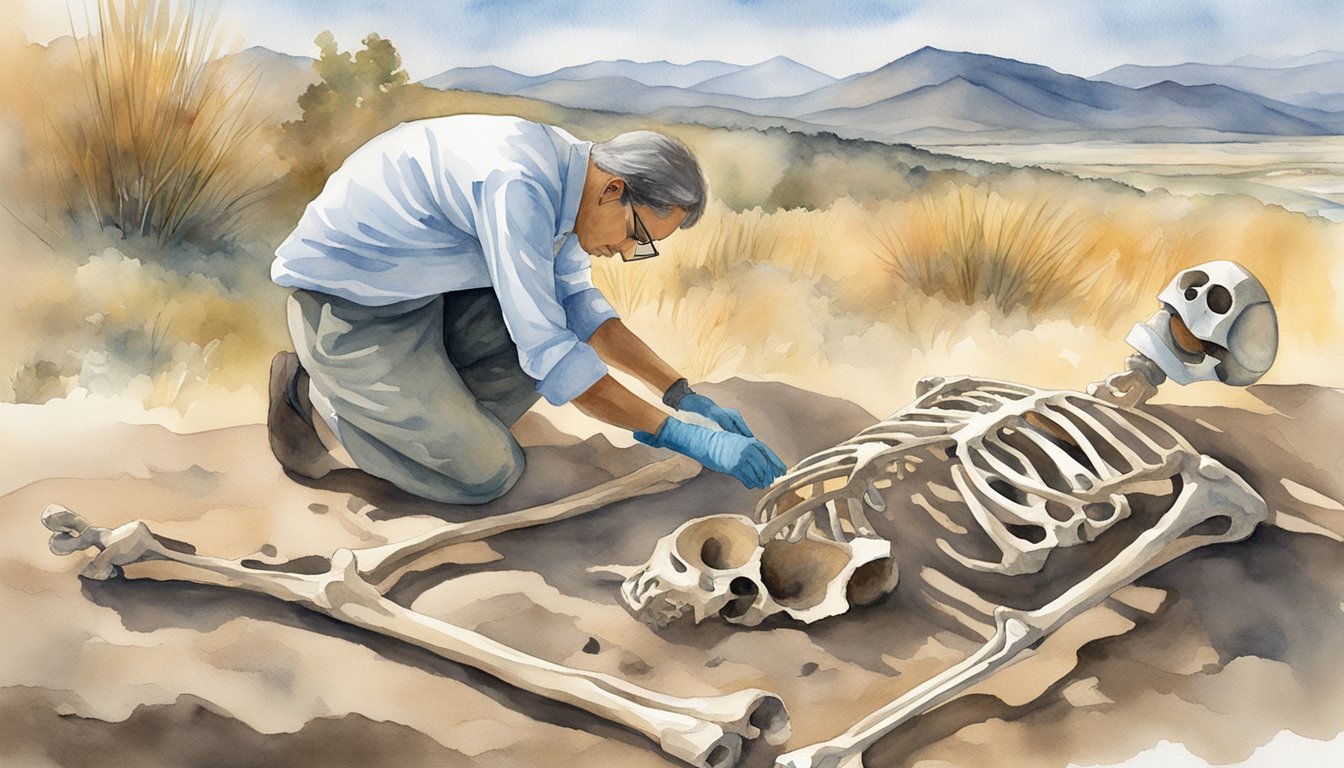Discovery and Significance

The saga of Kennewick Man centers around one of the most significant anthropological finds in North America. This section delves into the aspects of his unexpected discovery, the ensuing debates regarding his cultural and historical significance, and the insights gleaned from studies about his origins. The nearly 9,000-year-old skeletal remains were discovered in 1996 along the banks of the Columbia River, sparking intense legal and scientific battles over his ancestry and rightful custody. Researchers analyzed his DNA and physical characteristics, revealing surprising connections to modern Indigenous groups, which influenced debates on repatriation laws and heritage claims. Interestingly, much like discussions surrounding Kennewick Man, the Free State of Jones facts highlight complex historical narratives involving identity, heritage, and contested claims over land and ancestry.
Initial Discovery
In the summer of 1996, two individuals at a riverside park in Kennewick, Washington, stumbled upon a human skull in the shores of the Columbia River. This discovery catalyzed a series of events that brought the Kennewick Man to the forefront of archaeological and cultural discussion. As excavation continued, a nearly complete skeleton was uncovered, revealing that these remains were one of the most ancient and complete sets ever found in the Americas.
Cultural and Historical Impact
Upon radiocarbon dating, the Kennewick Man’s remains were found to be roughly 8,900 to 9,000 years old. The analysis sparked fervent discussions about the history of human settlement in North America. Five Native American tribes claimed cultural affiliation with the remains, leading to a notable legal and ethical battle involving scientists, the tribes, and the Army Corps of Engineers, which manages the land where the remains were found. This dispute drew public attention to the interplay between cultural heritage and scientific exploration.
Kennewick Man’s Ancestry
Kennewick Man’s lineage offered a wealth of information about prehistoric human migration and ancestry. After nearly two decades of research and legal proceedings, new genetic evidence suggested that Kennewick Man was closer related to modern Native Americans than any other population. The findings ultimately played a decisive role in the repatriation of the remains to the tribes for reburial, aligning with their cultural beliefs and the Native American Graves Protection and Repatriation Act.
Legal and Scientific Debates
The discovery of Kennewick Man has ignited a complex debate intertwining legal implications and scientific inquiry, raising significant questions concerning cultural heritage and the pursuit of knowledge.
Repatriation Controversy
In 1996, the skeletal remains known as Kennewick Man, or the Ancient One, were found on federal land in the Pacific Northwest. This discovery sparked a heated repatriation controversy that lasted over two decades. Native American groups, including the Umatilla Tribe, invoked the Native American Graves Protection and Repatriation Act (NAGPRA), claiming the remains as those of an ancient ancestor and sought to rebury them according to their own traditions. The case brought into question the process of how and when remains might be repatriated, especially when cultural lineage is contested.
Scientific Examination
Scientists kept arguing for the academic value of studying the remains, believing that Kennewick Man could offer invaluable insights into the early human history of the North American continent. DNA analysis eventually revealed connections to modern Native Americans, but not before a long-standing legal battle regarding the rights to examine the remains. This scientific study was not only a matter of anthropological interest but also served as a basis for legal arguments in the courts.
Impact on Native American Tribes
As this legal battle unfolded, it highlighted the need for balance between scientific curiosity and respect for Native American tribes and their customs. It shed light on broader implications for the relationship between archaeologists and Native peoples, often prompting a reassessment of how such sensitive matters should be handled. The involvement of multiple tribes, including the Colville, alongside museums and the scientific community, illustrated the complex nature of cultural affiliation and the impact of new DNA techniques in understanding ancestry and heritage.

